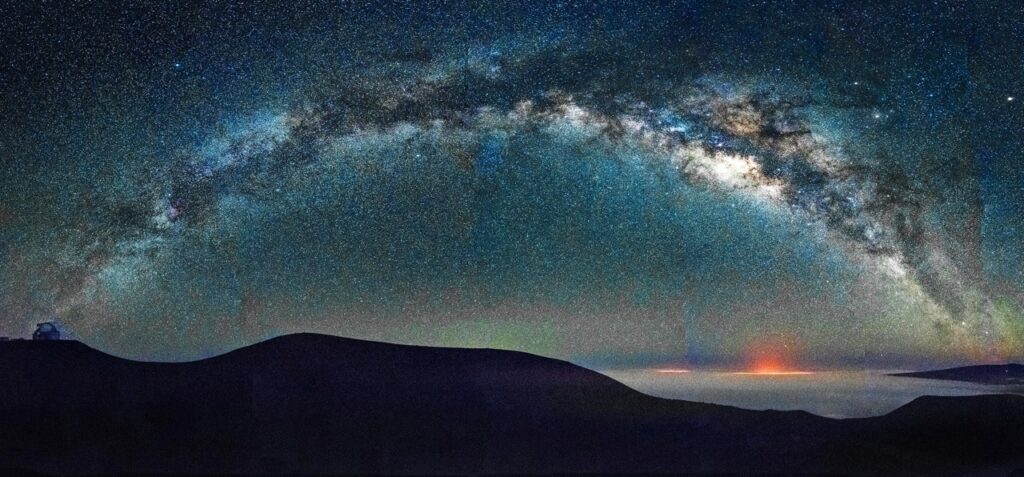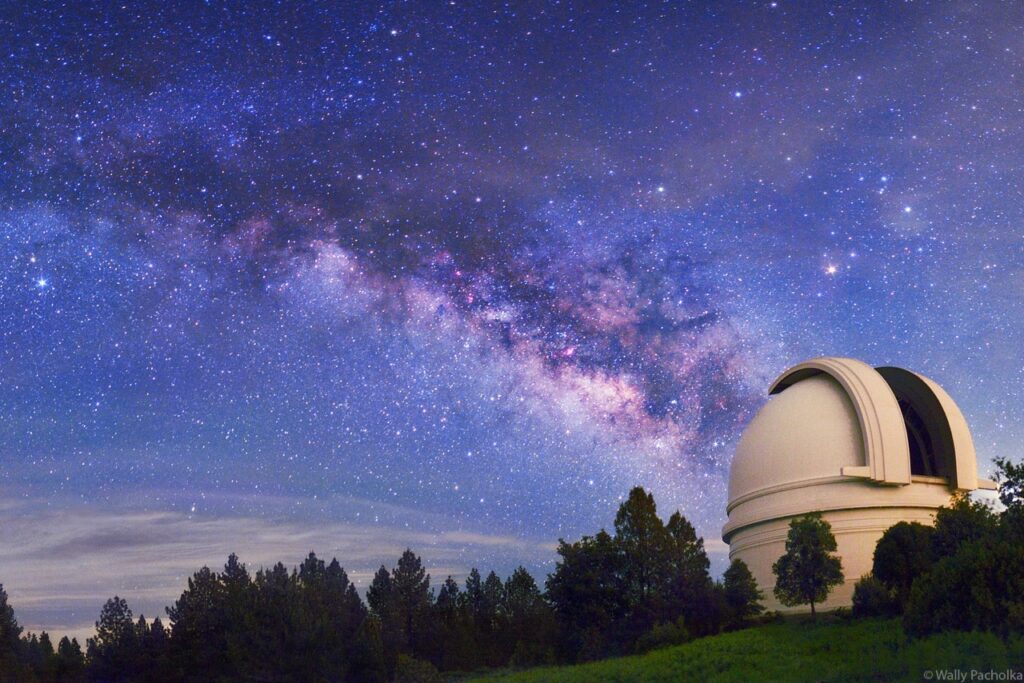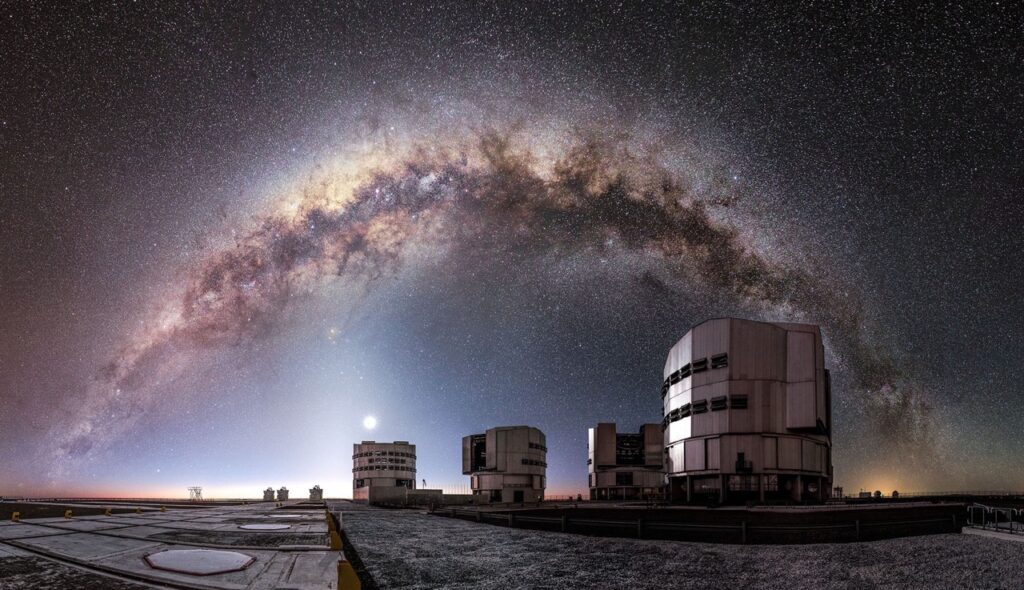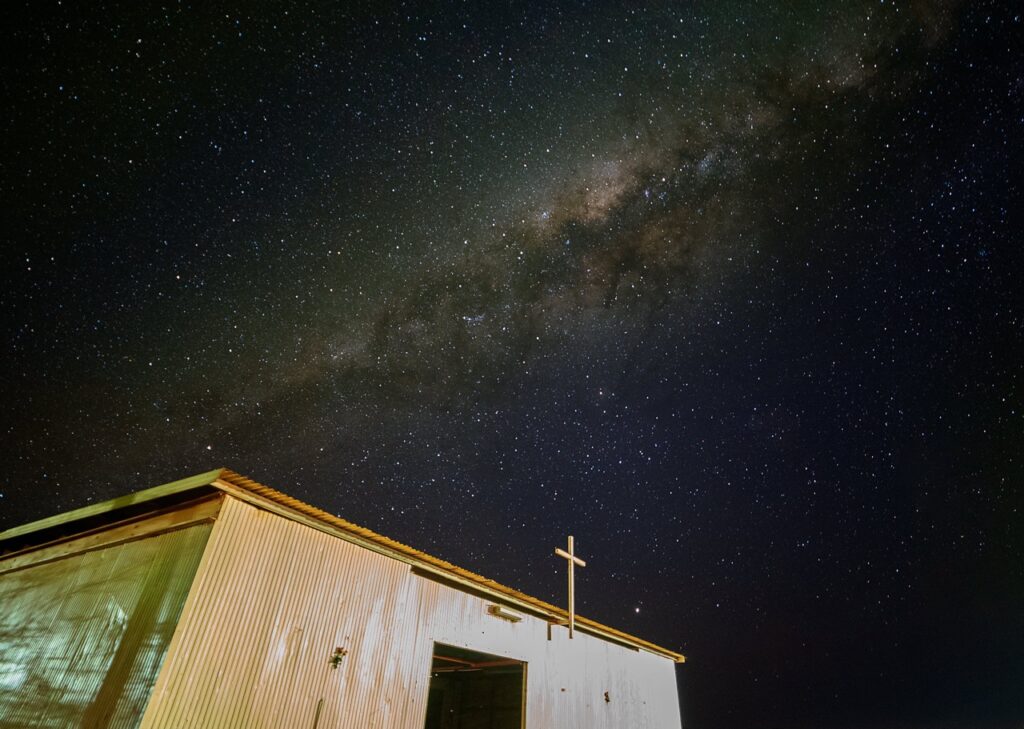Astro-tourism is a burgeoning sector within the travel industry that satiates the curiosity of those intrigued by the celestial sphere. The world is speckled with astronomical observatories that not only unravel the mysteries of the universe but also offer breathtaking vistas of the night sky. This article will transport you to some of the world’s top astronomical observatories, where the cosmos unveils itself in a spectacle of twinkling stars, planets, and meteor showers.

- Mauna Kea Observatories, Hawaii, USA: Perched atop Mauna Kea, the highest peak in Hawaii, these observatories provide a vantage point like no other. The high altitude and clear skies make it an ideal spot for astronomical observations. Visitors can tour the visitor center and when conditions allow, peer through telescopes to catch a glimpse of the ethereal celestial phenomena.

- Palomar Observatory, California, USA: Nestled amidst the picturesque Palomar Mountain Range, this observatory houses one of the world’s largest optical telescopes. The serene locale and advanced technology provide a perfect setting for both casual stargazers and serious astronomers.

- Arecibo Observatory, Puerto Rico: Though the iconic Arecibo Observatory met its end in 2020, its legacy as a stellar astronomical site lives on. Before its collapse, the observatory boasted the world’s largest single-aperture telescope which had been instrumental in many significant astronomical discoveries.

- Paranal Observatory, Chile: Situated in the Atacama Desert, the Paranal Observatory is a part of the European Southern Observatory (ESO) project. The desert’s dry atmosphere is conducive to clear sky observations. The observatory’s Very Large Telescope (VLT) array is a marvel, offering tours that explain the intricacies of modern astronomy.

- Roque de los Muchachos Observatory, Spain: Perched on the island of La Palma, Canary Islands, this observatory enjoys clear, dark skies for a major part of the year. It’s home to one of the world’s largest single-aperture optical telescopes, and its geographical location makes it a prime spot for observing the Northern Hemisphere’s sky.
These observatories are just the tip of the iceberg when it comes to astro-tourism. A visit to any of these sites not only satiates the thirst for cosmic knowledge but also provides a unique experience of the beauty and vastness of the universe. So, pack your bags and set out on a starstruck journey that promises to be as enlightening as it is exhilarating.







